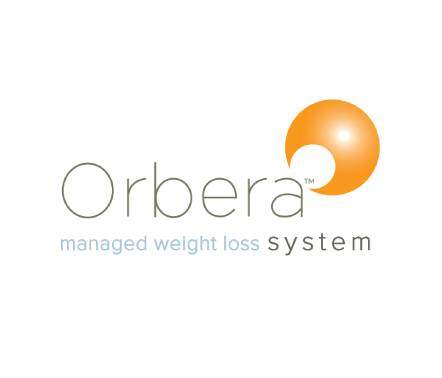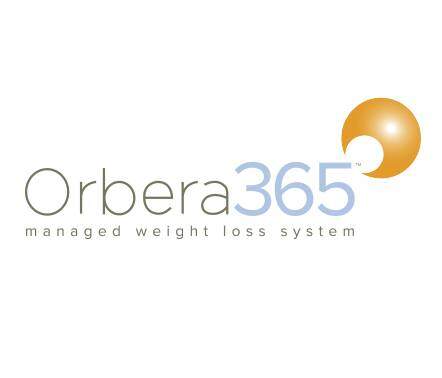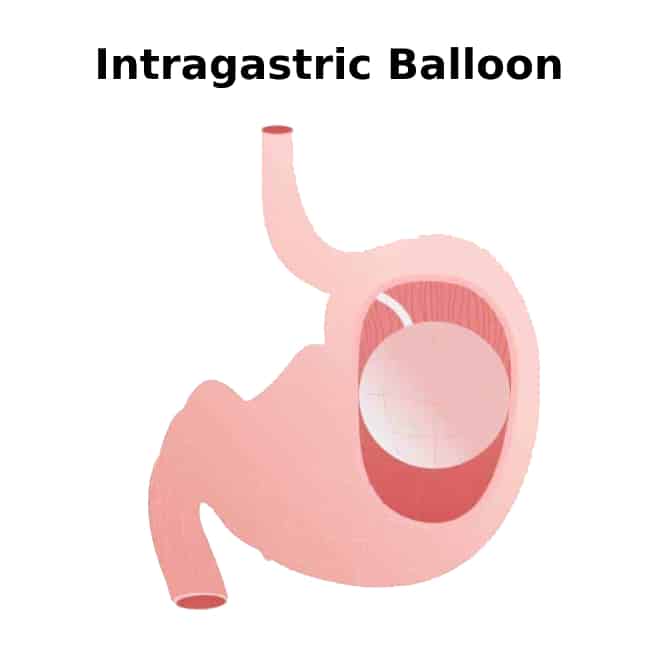There are many ways to prevent obesity, especially a balanced diet and regular activity, and also methods of treating it. Weight loss routines are obviously among the latter. The Intragastric Balloon method is one such and is becoming a popular choice for obese persons looking to lose weight. It is also known as the Weight Loss Balloon and is a non-invasive approach to losing weight. The gastric balloon cost in South Africa is significantly lower than that for other invasive or surgical options for weight loss. Following we will talk about why this method is used, who are the likely candidates, and what to expect before, during and after the procedure.
The intragastric balloon routine involves a non-surgical procedure which we will discuss in another section. Put simply, a saline-filled silicone balloon is placed in the stomach. As this occupies space, the patient is unable to eat too much, and feels fuller sooner. The purpose is to help the patient lose weight by limiting their food intake.
The aim is to reduce the risk of the conditions that obesity is associated with as mentioned above. It also reduces risk of stroke, of liver diseases and a number of other conditions known to be caused by obesity. The intragastric balloon is not a solution for every obese person, so let’s talk about the candidates for this routine.






